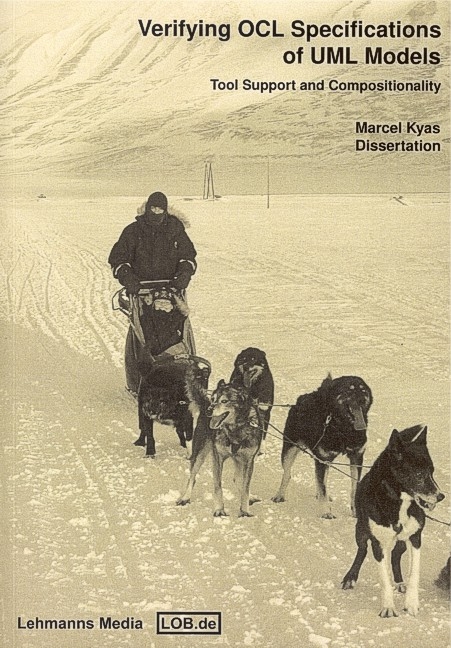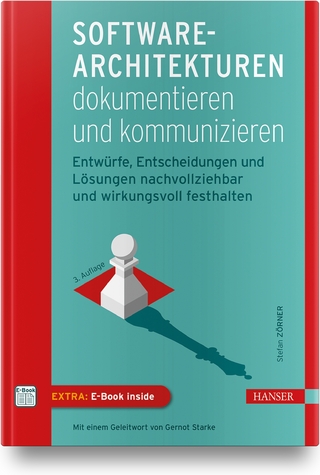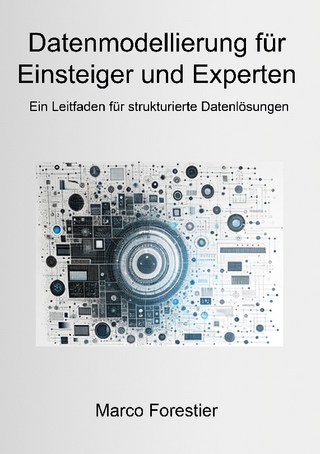
Verifying OCL Specifications of UML Models
Tool Support and Compositionality
Seiten
2006
|
1., Aufl.
Lehmanns Media (Verlag)
978-3-86541-142-6 (ISBN)
Lehmanns Media (Verlag)
978-3-86541-142-6 (ISBN)
The Unified Modelling Language (UML) and the Object Constraint Language (OCL) serve as specification languages for embedded and realtime systems used in a safe tycritical environment.
In this dissertation class diagrams, object diagrams, and OCL constraints are formalised. The formalisation serves as foundation for a trans lation of class diagrams, state machines, and constraints into the theorem prover PVS. This enables the formal verification of models defined in a subset of UML using the interactive theorem prover.
The type system of OCL makes writing specifications difficult while the model is still under development. To overcome this difficulty a new type system is proposed, based on intersection types, union types, and bounded operator abstraction.
To reduce the complexity of the model and to increase the structure of th especification, compositional reasoning is used. The introduction of history variables allows compositional specifications. Proof rules support compositional reasoning.
The feasibility of the presented approach is demonstrated by two casestudies. The first one is the "Sieve of Eratosthenes" and the se cond one is a part of the medium altitude reconnaissance system (MARS) deployed in F-16 fighters of the Royal Dutch Air Force.
In this dissertation class diagrams, object diagrams, and OCL constraints are formalised. The formalisation serves as foundation for a trans lation of class diagrams, state machines, and constraints into the theorem prover PVS. This enables the formal verification of models defined in a subset of UML using the interactive theorem prover.
The type system of OCL makes writing specifications difficult while the model is still under development. To overcome this difficulty a new type system is proposed, based on intersection types, union types, and bounded operator abstraction.
To reduce the complexity of the model and to increase the structure of th especification, compositional reasoning is used. The introduction of history variables allows compositional specifications. Proof rules support compositional reasoning.
The feasibility of the presented approach is demonstrated by two casestudies. The first one is the "Sieve of Eratosthenes" and the se cond one is a part of the medium altitude reconnaissance system (MARS) deployed in F-16 fighters of the Royal Dutch Air Force.
| Sprache | englisch |
|---|---|
| Maße | 175 x 250 mm |
| Einbandart | Paperback |
| Themenwelt | Informatik ► Software Entwicklung ► UML |
| Mathematik / Informatik ► Mathematik | |
| Schlagworte | 2006 • class diagrams • Hardcover, Softcover / Mathematik/Sonstiges • HC/Mathematik/Sonstiges • Specification Languages • type system • Universiteit Leiden |
| ISBN-10 | 3-86541-142-8 / 3865411428 |
| ISBN-13 | 978-3-86541-142-6 / 9783865411426 |
| Zustand | Neuware |
| Informationen gemäß Produktsicherheitsverordnung (GPSR) | |
| Haben Sie eine Frage zum Produkt? |
Mehr entdecken
aus dem Bereich
aus dem Bereich
Ein Leitfaden für strukturierte Datenlösungen
Buch | Hardcover (2023)
BoD – Books on Demand (Verlag)
59,99 €


